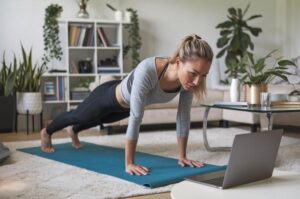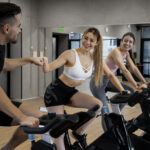Best Cross training for runners isn’t just a bonus—it’s essential. Whether you’re battling fatigue, bouncing back from a nagging injury, or aiming to prevent one altogether, smart cross training builds the strength and mobility your running muscles often miss. From swimming and cycling to yoga and strength work, these alternative workouts can keep you moving forward when your legs need a break. In this post, we’ll explore the best cross training for runners—and how to make it stick.

🏁 Why Cross Training Helps Runners Go Further
Running alone mainly works certain muscle groups and can lead to imbalances over time. Cross training engages different muscles and movements, creating better overall fitness.
It reduces repetitive stress on joints and muscles, which helps prevent overuse injuries. This means you can train more consistently with fewer setbacks.
Cross training also improves cardiovascular fitness without additional pounding on the legs. Activities like swimming or cycling give your heart and lungs a workout in a low-impact way.
Finally, cross training adds variety, keeping training fun and mentally fresh, which can boost motivation and help you stick to your goals longer.
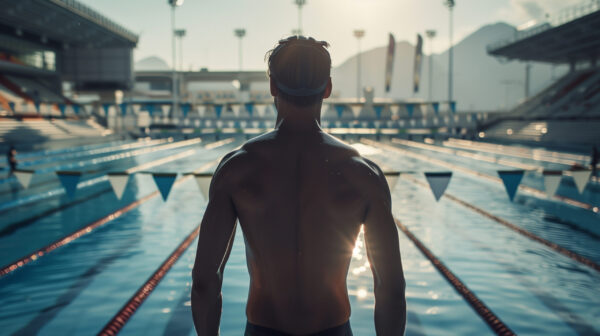
🎯 The Real Purpose of Cross Training
Cross training is more than just doing “other stuff” on your off days. It’s a focused effort to support your running goals through complementary strength and movement.
While running mostly works the legs in one direction, cross training gives attention to your arms, back, core, hips, and even stabilizing foot muscles — areas that often get left behind in a mileage-focused plan.
The purpose is to improve posture, build running economy, reduce injury risk, and maintain cardiovascular fitness without pounding the same joints.
Especially when you’re dealing with high mileage or creeping fatigue, cross training allows you to train without strain. Over time, this balance leads to stronger form, faster recovery, and more consistent progress.
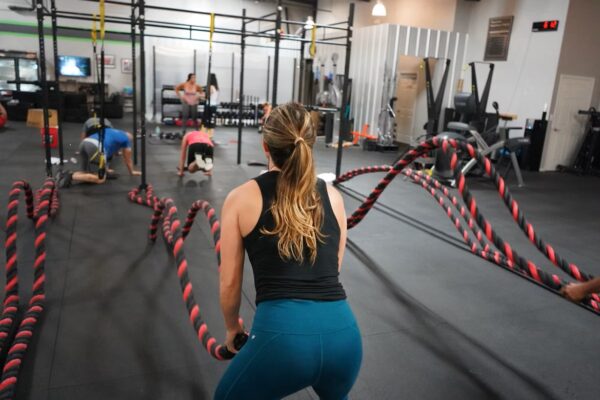
🧠 How Running Uses Your Muscles
When we think of running muscles, we often picture legs and lungs. But running is truly a full-body experience.
Every stride is a coordinated effort involving the core, glutes, arms, shoulders, and even upper back. Your arms swing in counterbalance to your legs.
Your core rotates and stabilizes. Your glutes drive the leg backward, while your calves explode off the ground. If one link in the chain is weak or fatigued, other muscles have to overcompensate — and that’s where injury risk spikes.
Cross-training targets these supporting areas, making the whole chain stronger and more efficient. It’s not about becoming a bodybuilder; it’s about becoming a more durable, adaptable runner. Running uses more than just your legs — it’s a full-body chain of effort.
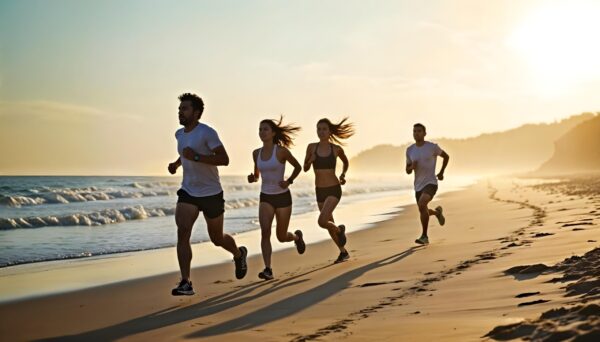
💪 Arms & Shoulders – Power and Posture in Motion
When you’re deep in a long run, your arms play a more important role than most realize. They don’t just dangle — they swing rhythmically to counterbalance your stride.
Shoulders that are tense or tired will limit that swing, leading to poor posture and energy leaks.
Strengthening your arms and shoulders with exercises like rows, light dumbbell presses, or resistance band pulls improves your ability to maintain an upright, efficient form.
Over time, you’ll feel less tension in your neck and upper back, and you’ll even notice stronger propulsion from your arm drive.
These benefits are especially clear during sprints, hills, and the final stretch of a race when form often breaks down.

💪 Strength meets stamina – see my workouts on YouTube: Marathon Training Buddy
🔄 Core Strength – Stability That Lasts
A strong core isn’t just about having visible abs. For runners, it’s about having a rock-solid center that can hold your form mile after mile.
Your core — including your abdominal muscles, obliques, and lower back — stabilizes your spine, absorbs impact, and allows the upper and lower body to move in sync.
Without it, your posture collapses, especially as fatigue sets in. Planks, bird-dogs, mountain climbers, and side bridges are excellent ways to build core endurance.
The result? You’ll feel more balanced during runs, reduce strain on your hips and knees, and unlock smoother, more powerful movement through your entire stride.
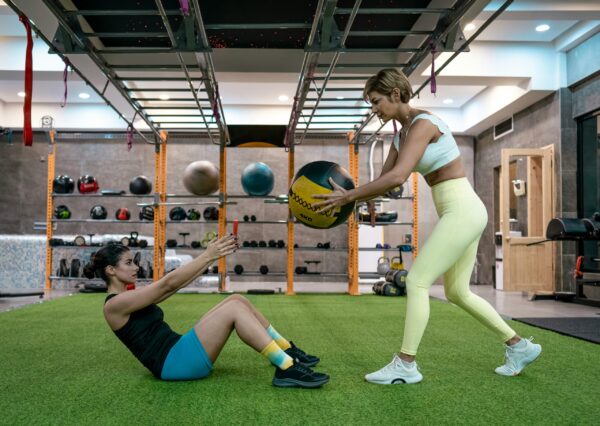
🏋️♂️ Lats & Upper Back – Silent Drivers of Efficiency
The latissimus dorsi (or “lats”) are large muscles that span your back and help anchor your arm drive and spine stability. Most runners overlook them completely, but weak lats can sabotage posture and reduce the efficiency of your upper body.
With rowing movements, band pull-aparts, or even pull-ups (if you’re up for it), you can strengthen your lats and improve your posture and breathing mechanics.
The upper back also plays a key role in keeping your chest open — something that becomes vital when you need every breath in the final miles of a race.
Think of strong lats as the framework that keeps your upper body running upright and free.
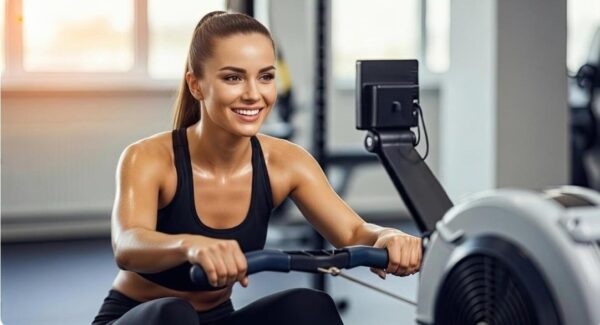
💡 Did You Know?
Runners who consistently include strength training in their routine can reduce their injury risk by up to 50%.
This means fewer setbacks, stronger joints — and more time doing what you love: running.
🍑 Glutes & Hamstrings – The Engine Room
Your glutes and hamstrings are among your biggest, strongest muscles — and they’re essential for forward propulsion.
Weak or inactive glutes can create a chain reaction of poor mechanics, leading to hip instability, knee pain, and even lower back stress.
Incorporating exercises like hip bridges, deadlifts, step-ups, and lunges into your weekly routine helps reawaken these muscles.
Once they’re firing properly, you’ll feel the difference: longer strides, smoother acceleration, and less wobble or fatigue after hard workouts.
Glute strength also aids in stabilizing the pelvis during landing — reducing stress on joints and making your stride more efficient overall.
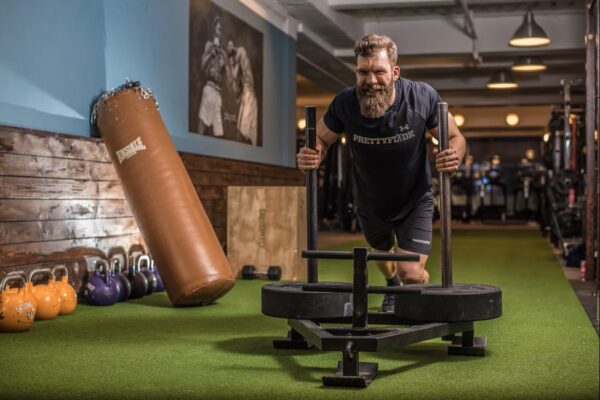
🧱 Calves – The Final Push
Your calves are the last muscles to engage before your foot leaves the ground. They help you spring forward and absorb shock with each step. But tight, weak calves are a common runner complaint and often the source of Achilles tendon issues or shin splints.
Building calf strength with bodyweight calf raises, jump rope, or stair hops will improve your ground contact time and give you a more responsive stride.
Well-trained calves act like springs — storing and releasing energy with each step. And the stronger and more elastic they are, the more you’ll bounce through your runs instead of slogging through them.
🦵 Quads – Controlling the Landing
While your glutes and calves push you forward, your quads control the landing. They help absorb the impact when your foot strikes the ground, preventing your body from crashing forward.
Runners who neglect their quads often suffer from runner’s knee, IT band issues, or general patellar pain.
Strengthen them with lunges, squats, and step-downs, always focusing on alignment and control. Strong quads help you descend hills more safely and transition between strides with better balance. It’s not just about power — it’s about protection.
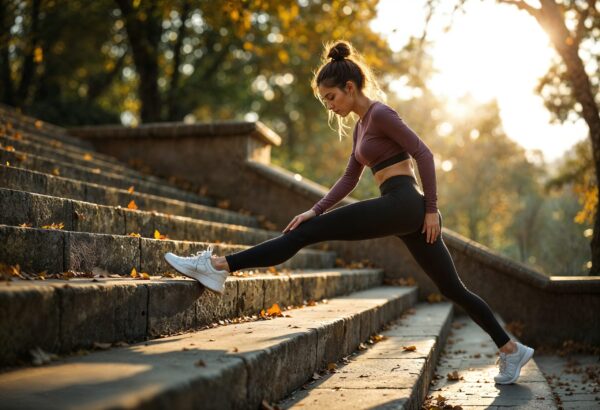
👣 Shins – The Underdogs
Shin muscles (tibialis anterior) help lift your toes and control your foot during landing. Weakness here often leads to shin splints, poor foot strike, and inefficient strides.
Cross training that includes ankle mobility, toe taps, and heel walks can build these tiny but essential muscles.
They’re especially important for forefoot or midfoot strikers who need rapid control during transitions. While they’re easy to overlook, strengthening them improves your landing mechanics and helps distribute load more evenly through the entire leg.
🏡 Home Workouts vs. Gym Training
Cross training can be done both at home and in the gym, and each has its benefits.
At home, you have the convenience of fitting workouts into your schedule without travel time. You can use bodyweight exercises, resistance bands, or simple equipment like dumbbells or kettlebells. This approach is flexible and great for maintaining consistency.
Gyms offer more equipment variety and the chance to focus on strength training machines, cardio options like treadmills and bikes, and group classes. This environment can motivate you and provide professional guidance if needed.
During pandemic times, home workouts have become especially popular, but combining both approaches can maximize your progress.
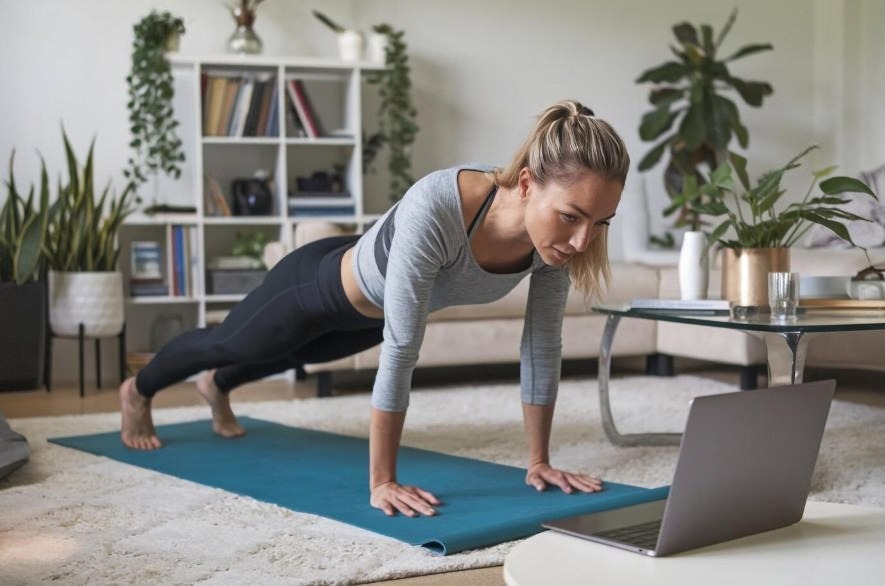
❓ FAQ – Cross Training for Runners
Q: How often should I cross train per week?
A: Ideally 2–3 times, depending on your running volume. Use it on rest days or as active recovery.
Q: Can beginners cross train?
A: Absolutely. Start with bodyweight and focus on form. It’s a great way to build foundational strength.
Q: Should I do strength before or after a run?
A: On easy days, you can do strength after running. On cross-training days, do it fresh and focus on quality.
💭 Final Thoughts – Build a Runner’s Body, Not Just Legs
Cross training may not be what first drew you to running — but it’s often what helps you stay in it. It allows your body to move in new ways, strengthen neglected muscles, and break the monotony of mile after mile.
Two or three sessions a week, each 20–30 minutes, can dramatically improve your injury resistance, form, and stamina. The truth is, a runner’s body isn’t just built by running.
It’s shaped by the smart, quiet work that happens on non-running days. When you build strength with purpose, you don’t just avoid pain — you unlock new potential.
💬 Summary Quote
“Running is what you love. Cross training is what keeps you running.”
If this guide helped you rethink your training, share it with a running buddy or post it in your training group. Stronger together, always 🏃♀️🤝

